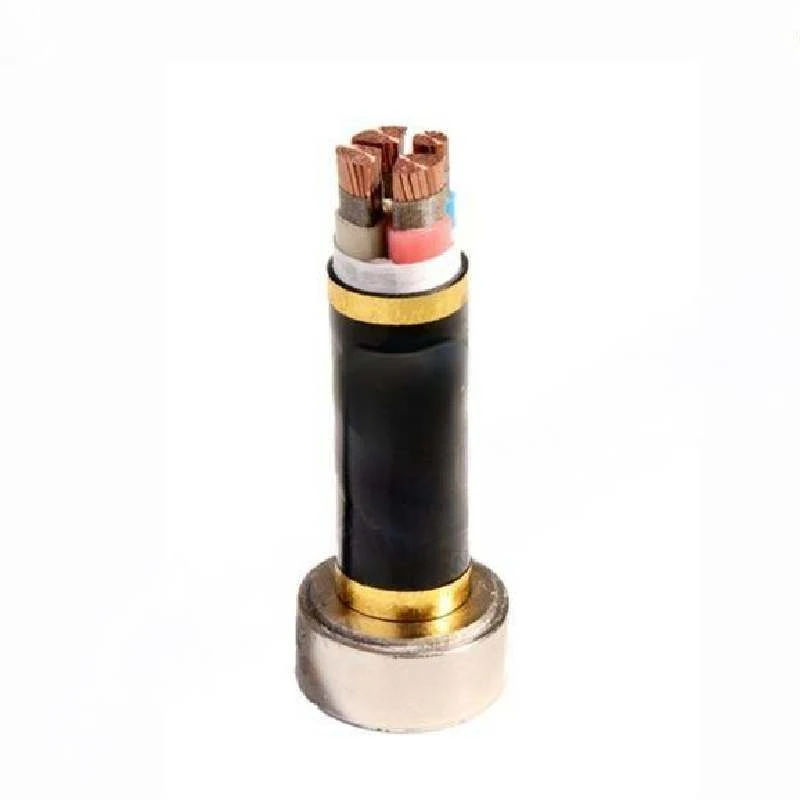дец . 05, 2024 14:32 Back to list
non return swing check valve
Understanding Non-Return Swing Check Valves Functionality and Applications
Non-return swing check valves, also known as swing check valves, are essential components in various piping systems designed to prevent reverse flow. They ensure that the fluid flowing through a system moves in one direction only, protecting equipment and maintaining the integrity of the entire system. This article will explore the functionality, design, applications, and maintenance of non-return swing check valves.
Functionality of Swing Check Valves
The primary purpose of a non-return swing check valve is to allow fluid to flow in one direction while preventing backflow. This is achieved through the design of the valve, which includes a hinged disc that swings open and closed. When fluid flows in the intended direction, the force of the fluid lifts the disc, allowing flow to pass through. Conversely, if there is any attempt for fluid to flow back, the disc swings back into its closed position, effectively sealing off the pipeline and preventing reverse flow.
The operation of swing check valves relies heavily on the gravitational and pressure forces acting on the disc. They are primarily used in horizontal pipe installations; however, vertical installations are also possible, although they can introduce complexities that may require adjustments or different valve types.
Design Features
Swing check valves come in various designs and materials, enabling them to be utilized in a range of applications. Common materials include brass, bronze, stainless steel, and PVC, depending on the nature of the fluid being transported (such as water, oil, gas, etc.) and the environmental conditions.
Key design features include
1. Hinged Disc The valve operates with a circular disc that hinges on a shaft, allowing it to pivot freely in response to flow direction.
2. Body Design The body can come in different shapes, including waisted or flanged types, which can influence the pressure drop across the valve.
3. Sealing Mechanism A resilient material may line the disc to ensure a tight seal when closed, minimizing leakage.
4. Size and Connection Types They come in various sizes, with both threaded and flanged connections available to suit different piping systems.
Applications
non return swing check valve

Non-return swing check valves are widely used across numerous industries due to their reliability and efficiency
. Some of the most common applications include- Water Supply Systems They are extensively used in municipal and industrial water systems to prevent backflow, protecting supply sources from contamination.
- Wastewater Treatment Facilities In wastewater management, these valves help control the flow of sewage and prevent harmful flows back into treatment systems.
- Pumping Stations Swing check valves are essential in pump discharge lines to avoid water hammer effects and prevent backflow that could damage pumps.
- HVAC Systems In heating, ventilation, and air conditioning systems, these valves help regulate fluid flow, ensuring optimal performance and energy efficiency.
Maintenance Considerations
While non-return swing check valves are generally low maintenance, certain practices can enhance their longevity and performance
1. Regular Inspection Periodically inspect the valve for signs of wear, corrosion, or buildup of debris that might obstruct the disc's movement.
2. Cleaning If installed in areas with high sediment levels, valves should be cleaned regularly to avoid blockages that can affect flow.
3. Testing Regular functional testing ensures the valve opens correctly under flow conditions and seals appropriately when reverse flow is attempted.
4. Replacement If a valve is found to be malfunctioning or excessively worn, it should be replaced promptly to prevent system failures.
Conclusion
Non-return swing check valves are critical components in many fluid handling systems. Their simple yet effective design provides reliability in preventing backflow, ensuring systems operate smoothly and efficiently. Understanding their functionality, applications, and maintenance needs is vital for engineers and operators to maximize the performance and lifespan of these essential devices. As industries evolve and technology advances, the design and materials of swing check valves will continue to improve, meeting the ever-changing demands of modern piping systems.
Share
-
Reliable Wafer Type Butterfly Valves for Every IndustryNewsJul.25,2025
-
Reliable Flow Control Begins with the Right Ball Check ValveNewsJul.25,2025
-
Precision Flow Control Starts with Quality ValvesNewsJul.25,2025
-
Industrial Flow Control ReliabilityNewsJul.25,2025
-
Engineered for Efficiency Gate Valves That Power Industrial PerformanceNewsJul.25,2025
-
Empowering Infrastructure Through Quality ManufacturingNewsJul.25,2025